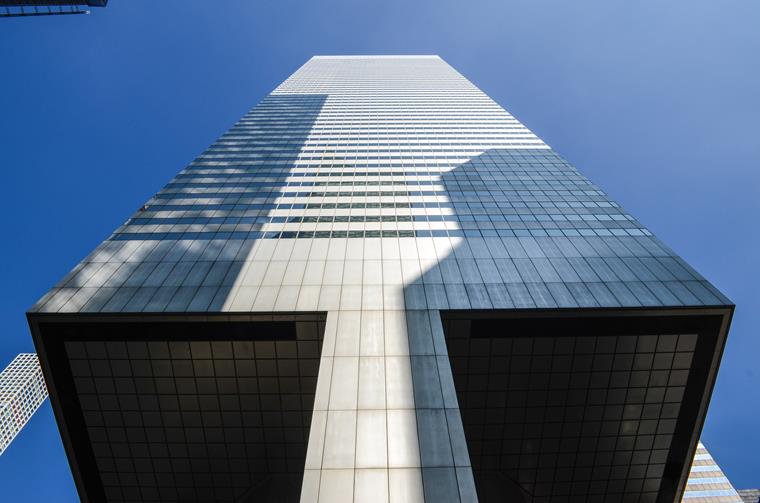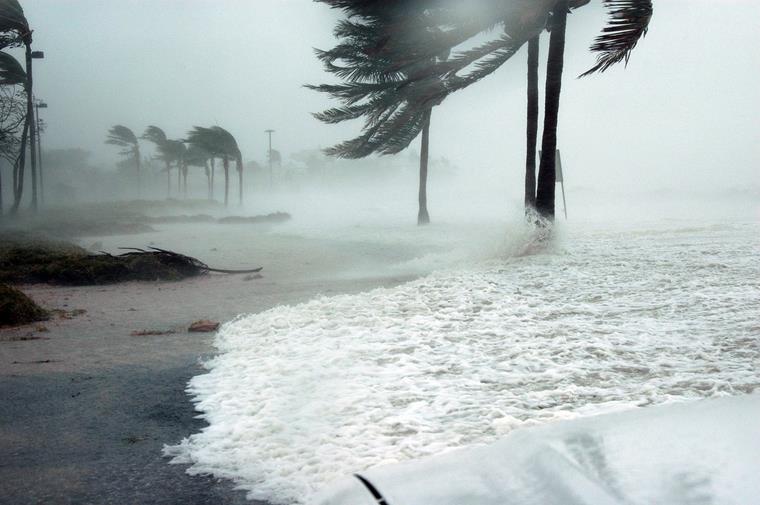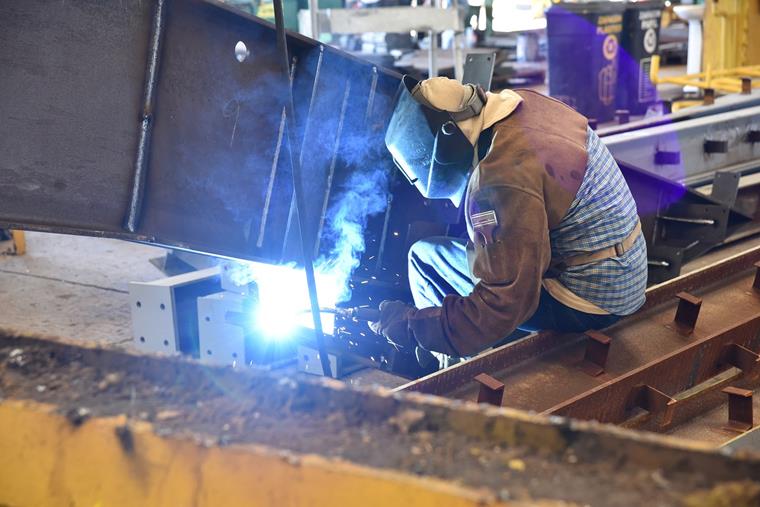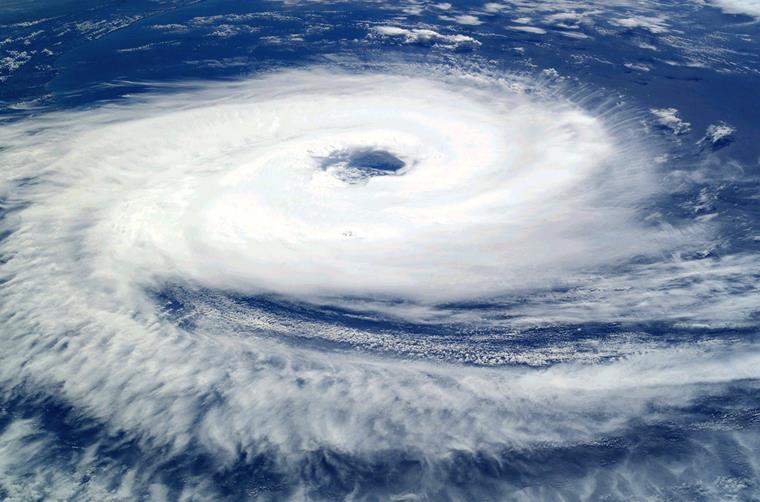Flawed Masterpiece
Citicorp Center, later renamed the Citigroup Center, rises 279 m (915 ft) above the city streets. With the triangular roof inclined at 45°, it immediately stands out in the cityscape: a really striking, interesting building. However, what makes it special are the wide stilts on which it stands. Elegance meets straight lines. At that time, it was praised in the press as a masterpiece of architecture.
The engineer Willem LeMessurier was celebrated in all media as the designer of the steel structure, because he turned necessity into a good thing. The north-west part of the site, earmarked for the building, belongs to the St. Peter's Church and the community was not willing to give it up. However, it gave the city the air space above the church. Thus, the idea arose to put the entire building on stilts.
Together with the architect Sigmar Truth, LeMessurier designed four stilts with a height of 34 m (112 ft), which should ensure that the giant is on a solid footing in the middle of the walls. A really daring endeavor, but it succeeded.
To counteract any unintentional movements of the high-rise building, LeMessurier had developed a fully automatic "tuned mass damper". This was unprecedented in New York. A concrete block with a weight of about 400 tons was placed on an oil layer and its hydraulic arms counterbalanced any sway of the building. So the stability was guaranteed at all times, right?
Fresh Wind
Citigroup Center on Shaky Legs
However, the fame barely lasted for a year. As early as June 1978, an engineering student from New Jersey contacted LeMessurier. He expressed his concern that the skyscraper would withstand strong winds. In an assignment, he realized that the columns should be at the corners to absorb the quartering wind loads.
However, LeMessurier was convinced of his construction design. He was sure that the V-shaped struts and stilts would be perfect to ensure the stability at all times. In the end, he decided to include these winds in his lecture. When he checked his figures again, the shock came: He was really wrong. He had only calculated the winds that act perpendicular to the skyscraper, but neglected the quartering winds.
Instead of decreasing under quartering wind loads, the calculated load on the steel beams increased by 40 percent. An absolute disaster: But it got worse. To save money, the beams were not welded, but only connected with cheap bolts. It turned out: In the case of quartering wind, the load of the connections would increase by 160 percent. The wind speeds of a storm that occurs about every 16 years could simply cause the giant to overturn. It would tear the surrounding buildings to the ground with it.
Moreover, the "tuned mass damper" was absolutely ineffective as soon as the power failed. Back then, power blackout during storms were quite common. The biggest problem, however, was the approaching hurricane season. And especially the Storm Ella, which was moving in the direction of New York. So what to do when it's already the eleventh hour?
Panic in Citigroup Center
$175 Million per Tonne?
The initial panic quickly gave way to resignation. LeMessurier wavered between silence and suicide, but then decided to face the consequences. So he contacted the Citicorp Center and explained the problem. He was sure of one thing: That would seal the end of his career and lead to a real mass panic at the same time. Understandable, because if the Citicorp Center was to collapse, several thousand lives would be in danger. However, he could save them.
- "I had the power to influence extraordinary events." – LeMessurier on May 29, 1995, in an interview with the “New Yorker” news magazine.
So, LeMessurier, together with the architect Stubins, set out on the difficult path to CEO Walter Watchon. At the time, he was probably the most influential banker in the world. How would you feel if you had to explain to such a personality that his $175 million skyscraper could turn over just because you didn't do your job right?
Both unlucky fellows expected everything: especially an immediate resignation and the subsequent public compromising, which would probably mean professional stoning. To their surprise, Watchlist remained calm. He scribbled some ideas on a notepad and just said they'd straighten it out together. A press release and some PR were high on his to-do list.
What does a bank boss mean by PR? Enlightenment? Preparing the population for a disaster with probably worldwide reporting? Not even remotely. He used the press release to specific press conciliation. He said that engineers, although he did not mention their names, had recommended that the building's supporting system be further reinforced by welding. He also ensured the public: "There is no danger." Of course not.
Unlike the general public, it was necessary to inform the authorities about the approaching disaster. The city's public emergency response authority and the Red Cross agreed: Now, it was time to keep calm and – very importantly – to remain silent in order to prevent mass panic. Over the next few days, Red Cross employees went from door to door in the surrounding city blocks or questioned people on the streets.
A statistical survey for market research should help to determine the number of possible deaths more precisely. Frightening, isn't it? This was the only way for the emergency services to prepare for the evacuation of as many people as possible from the area in the case of an emergency.
Mission: "Save Manhattan"
Citigroup Center at Night
So everything was prepared in case of an emergency. Now, all parties involved could calmly set about bringing the building to a structural state that would also withstand a gust of wind every 16 years. That means: Spit on your hands and get to work now. LeMessurier had the responsibility to correct his design error. He planned to weld 2-inch steel plates, over 200 bolt connections of the column system.
This should easily be sufficient to reinforce the overloaded columns. No problem for experienced welders – in theory, because the hurricane season was approaching. Time was ticking, and it got even worse: A storm with hurricane potential was moving towards the city. On August 31, it officially received the hurricane status and made the hearts of LeMessurier and his people slip a few floors below. With the wind speeds of up to 137 mph, “Ella” was the strongest hurricane ever recorded on Canadian waters. So it had to be done quickly.
LeMessurier started a real cloak-and-dagger operation. Carpenters appeared every afternoon at 5 p.m., erecting wooden sheds around the beams. When they finished their work around 8 p.m., the offices in the Citicorp Center were empty – but it didn't stay that way for long. In the greatest possible secrecy, teams of welders came. They tore open the wall coverings and concentrated on the steel plates. For eight hours, they worked tirelessly to reinforce the columns, until several clean-up teams came by at 4 a.m. As soon as the first office staff arrived around 8 a.m., everything looked as if nothing had happened.
Welding work in the middle of the night was noticeable, of course: especially in a place like this. Particularly at night, the red lights of the welding torches could be seen for miles – especially from the air. When approaching the airport, every night was a true festival of lights. The light within the V-shaped support structure caused the building's facade to shine. Some found this spectacle too beautiful to question it. Others, of course, were suspicious.
So a New York Times reporter called LeMessurier at the end of August and asked him for an interview. The game of hide and seek would be over soon. He calmly mixed himself a martini and called the reporter at 6 p.m. Fate came to his rescue when a tape recording told him: The Times has been closed since 6 a.m. until further notice due to a strike. At the same time, all other major papers were also on strike.
On the 1st of September, 1978, it happened as it had to come: A warning has been issued in New York for the hurricane Ella. And the welding? It was far from over. It was a real disaster. What to do now? They had to alert the population, with far-reaching consequences: Mass panic, the evacuation of the surrounding city blocks, and ultimately, costs running into millions. Moreover, publishing the fact that they had known about the danger for a month and had deliberately hidden it.
- "We were sweating blood and water." – LeMessurier in an interview with the "New Yorker" on May 29, 1995
However, things turned out differently. To the relief of all involved, and ultimately of the entire population of New York, of course, it was all clear that the storm had changed the course and is heading out to sea. So the danger was banned. It took another twelve days before the evacuation plans could be discarded. In contrast, the nightly welding work continued until October, which, by the way, was as long as the strikes by the big New York newsrooms.
Finally, as is common in today's fast-moving media world, it came about: Out of sight, out of mind. Nobody asked anymore, and the near-disaster at the Citicorp Center was dead and buried. No ordinary storm, not even a strong hurricane, would have the force to push the skyscraper off its stilts. All's well that ends well?
Seventeen Years Later
Citigroup Center – What was there?
The authorities and Citigroup practiced mutual confidentiality. It is rumored that LeMessurier gives himself away: Clichéd during a high-alcohol evening in a bar, 17 years later. A reporter of the "New Yorker" finally investigated the whole thing and arranged an interview with LeMessurier.
Thus, the story of the near-disaster was finally published in 1995. The sensation met with sober reactions from circles of those involved at the time. The Citigroup Center could have collapsed, carried away numerous buildings with it, and we knew about it without saying anything to the residents? Well, that's not half bad. In the end, nothing happened: a rather questionable attitude.
Wind Simulation Programs
Today, we have completely different options in structural design than back then. We can easily calculate wind forces acting on buildings using a wind simulation program. One of these programs is RWIND by Dlubal. In this case, all wind loads and flows acting on a building are considered and calculated in a digital wind tunnel.
If using such a software toot, this error would certainly have been noticed at the time. RWIND saves engineers a considerable amount of time, especially in the design and planning phase. Once these wind pressures and wind loads are calculated, they can be transferred directly into structural analysis software, such as RFEM.
Does RWIND sound like an interesting program to you? Find out more on our website. You can also try the software free of charge without any restrictions. Find out more here:
RWIND 3 | Wind SimulationWould you like to listen to the podcast episode? Then this way, please:





